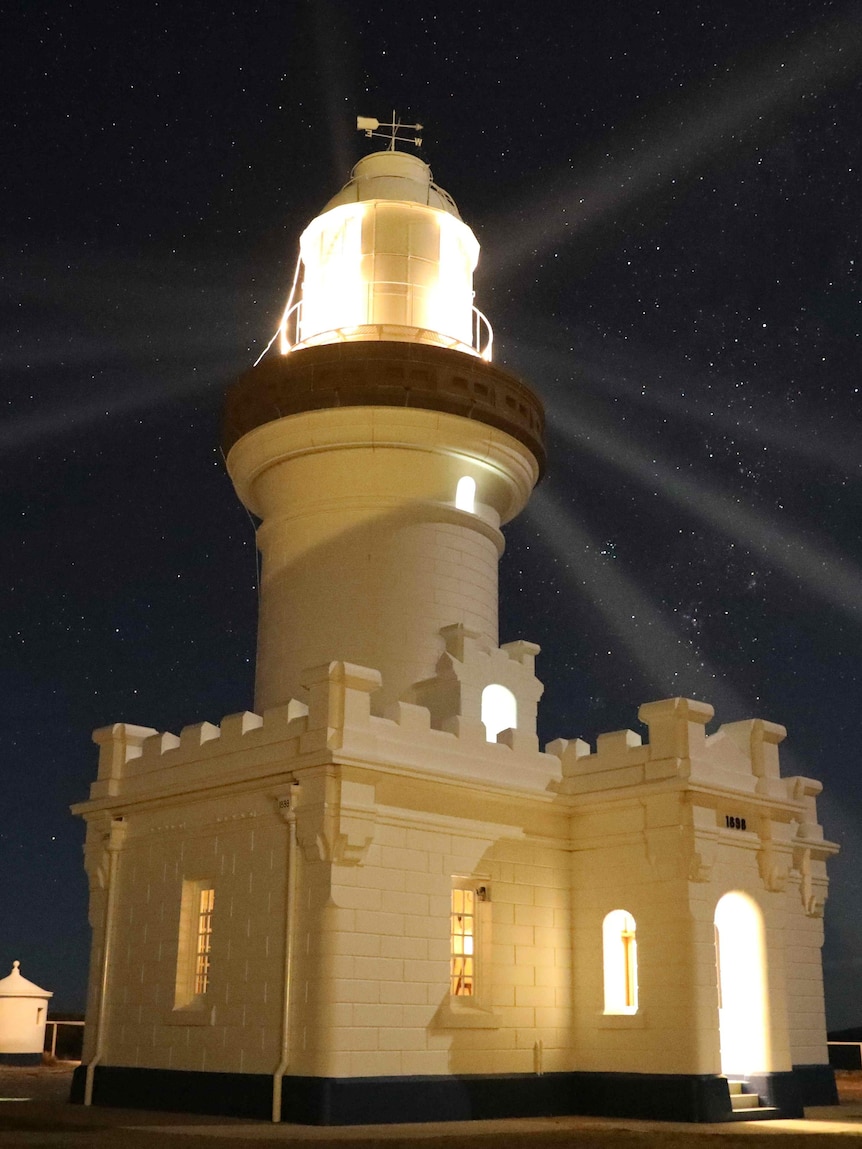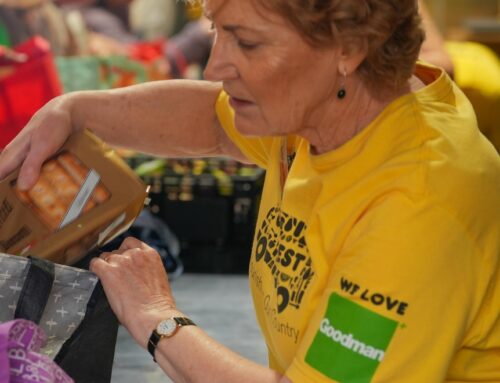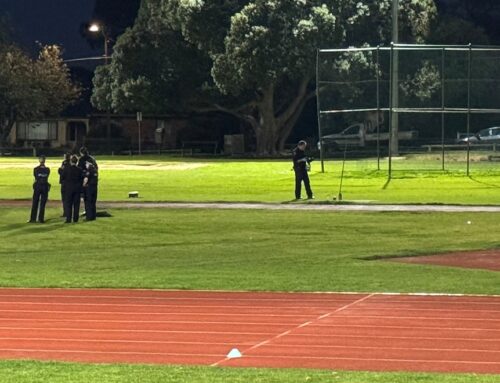A lonely sentinel warning sailors of impending danger and guiding them safely on their voyage … the keeper may have been officially retired three decades ago, but the lighthouse itself continues to stand vigilant.
There are about 150 heritage lighthouses dotted along the Australian seaboard. Sixty-five of them still serve as active beacons, complementing an additional 423 navigational devices.
They are an anachronism when every commercial ship navigates using now-ubiquitous electronic global positioning, but there is still a place for these old-fashioned lights.
Sarah-Jane Lakshman, the Australian Maritime Safety Authority’s aids-to-navigation heritage adviser, says these lighthouses remain a welcome sight for seafarers.
“When you think of just how catastrophic a major shipping incident would be out at sea — we are talking loss of life, we’re talking impacts to the environment with oil in the water,” Ms Lakshman said.
“When you are dealing with something where the consequences are that bad, you need something as a backup when the technology fails.
“All the ships are aware of where each lighthouse is, where each AIS station or radar beacon would be around the country. Some of these aids to navigation will actually talk to the ship.
“So each is part of a wider network but they are also quite individual as well. A lighthouse standing in a very specific part of the landscape will alert ships of a very specific hazard or the entrance of a harbour.”
While heritage lighthouses are among the most visible and charismatic parts of the aids-to-navigation network, the system is more diverse than that.
It includes buoys with flashing lights and so-called AIS (automatic identification system) stations which perform some of the functions once performed by manned lighthouses.
The older lighthouses have a special place in the hearts of those who pilot and maintain ocean-going vessels of all types, though.
“From my interaction with seafarers, I know the lighthouses not only give them that feeling of safety but also a feeling of home,” Ms Lakshman said.
“When you are out at sea for months on end and you don’t get to see your family, it’s also like a nice warm beacon that reminds you that civilisation is just on the coast right there. It gives them a feeling we are there to look after them and help them get on with their journey safely.
“It goes back to those old days when seafarers didn’t have anything other than a lighthouse to remind them of home.”
The role of the lighthouse remains much the same as it was when multiple families worked together to keep the lights on through each and every night.
The nature of the lighting itself, and how the lights stay on, has changed.
Lighthouses of Australia Inc is a volunteer organisation that preserves, protects and promotes Australia’s heritage lighthouses.
The group’s president Ian Clifford says technological advancements have done away with the need for the vigilant lighthouse keeper.
“Lights were manned for a long time. The keeper’s job was to keep the oil wick fires burning constantly, and they had to wind the clockwork every hour or so. It was an intense job,” Mr Clifford said.
“Big lighthouses had three keepers, with three families in three cottages and the keepers would split the night into three watches.
“As technology got better and they installed diesel generators, it became efficient and reliable to convert the lighthouses to electric.
“They made the lights solar and replaced incandescent lights with LEDs, which only needed to be maintained once a year.”
Mr Clifford says all heritage lighthouses, including those which are decommissioned entirely, still practically serve as a “day mark” for ship crews to provide a physical reference for their digital charts.
“When you see a white tower you will know within 20 kilometres where you are at. It gives you a sense of direction off that visual cue.
“At night the lighthouses each exhibit different characteristics to distinguish them. It’s not the same flash.
“For instance, one might have four short flashes in 20 seconds, the next may have one flash every five seconds, and another might have a very long flash followed by a short period of dark and a red light to warn you of a dangerous stretch of water.
“Some of these towers are waypoint markers and they may just have white lights. Red lights are used as a warning, while some lighthouses have green for channel navigation, for example.”
Caped crusader
While heritage lighthouses were built along all points of the coast, the highest concentration is in the southern half of Australia.
The Cape Otway Lighthouse was built in 1848 and kept watch along the appropriately named Shipwreck Coast of Victoria before closing in 2022.
“It’s not being used now. It has a modern light standing next to it which is a glass-reinforced plastic cabinet which has a plastic light beacon on top, which these days is an LED array,” Mr Clifford said.
“The [new light] fills the role as the navigation aid at that point. It doesn’t quite have the range and intensity of the old light, but it does work very well and is more than adequate for modern shipping requirements.”
Many of the older lighthouses had non-directional radio beacons, which were the first forms of electronic shipping navigation used.
The 1990s saw GPS rolled out en masse and by the 2000s had completely displaced these non-directional beacons.
In a new light
The old stations, even those no longer maintained as part of AMSA’s network, serve another purpose — as muse for photographers and artists all over Australia.
Lynn Twelftree, for example, was moved to paint every Victorian lighthouse, bringing them all together in her coffee table book titled Cape Nelson to Gabo Island, Victoria’s Lighthouses in Watercolour.
“I cannot visit a lighthouse without wanting to at least make a drawing,” she said.
“The solidity of form and the way they pierce the sky no matter what the weather conditions and continue to withstand whatever nature throws at them. It’s not just about what you see but also the feelings evoked.
“It interests me that there is so much diversity in the lighthouses I have visited. Some still have a sense of wildness, perched on a clifftop; others have a much more domesticated appearance, freshly painted with neat garden beds.
“Some, like Griffiths Island Port Fairy, look to be straight out of a children’s storybook.”





